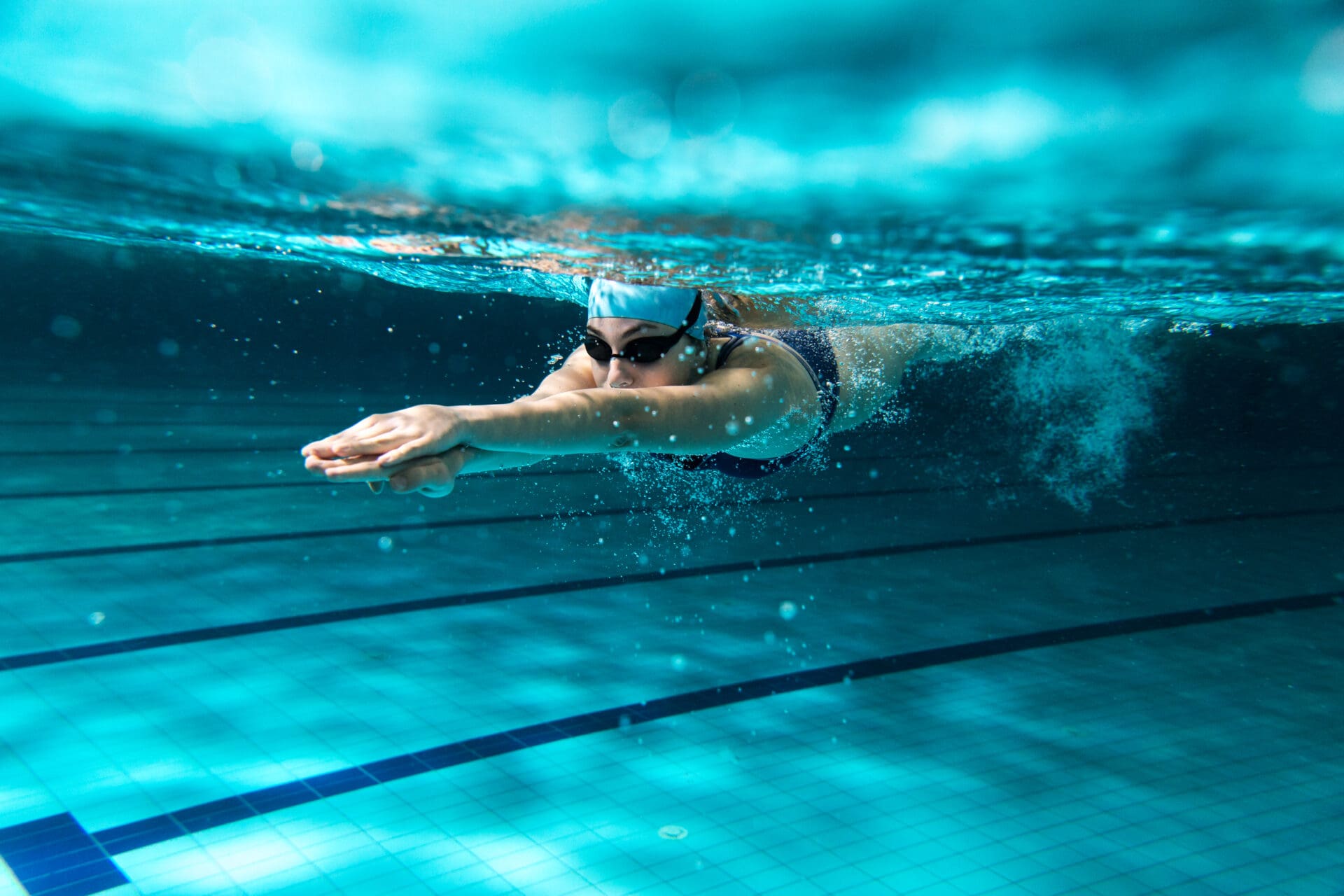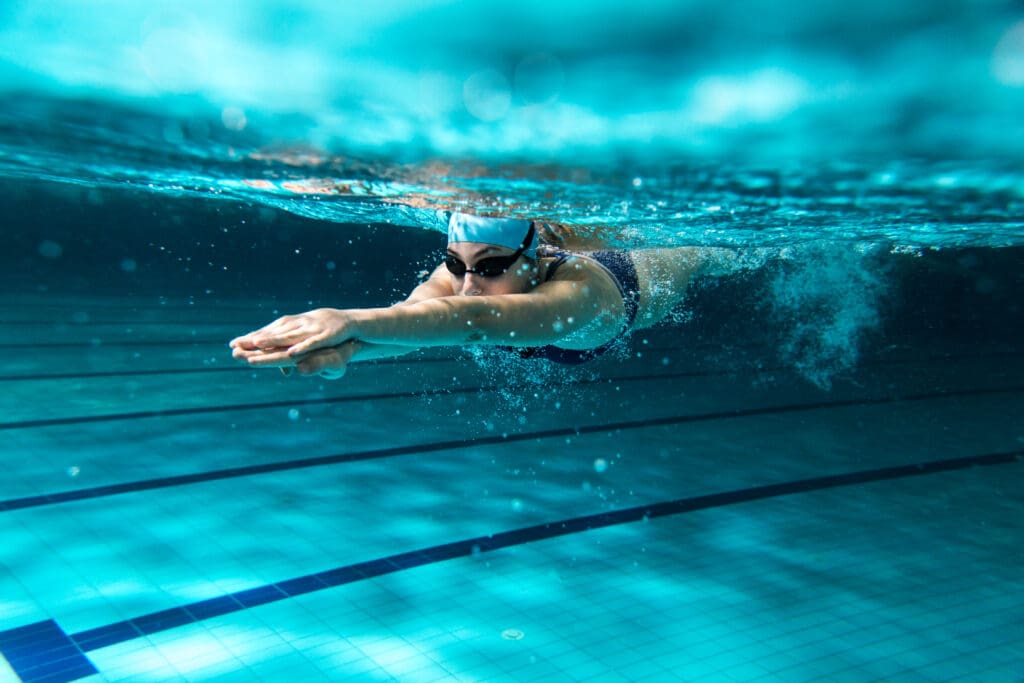
Chlorine is a yellow-green diatomic gas at room temperature with a strong, pungent odour. Highly reactive, it acts as a powerful oxidizer and is typically found in combined forms due to its instability in nature. It condenses to a liquid at -34°C and is rarely found in its free form except when produced through industrial or oxidative processes.
Chlorine is widely used in:

Move the affected person to fresh air immediately. Avoid direct exposure yourself. Remove contaminated clothing, and keep the patient warm and at rest. If breathing is difficult or the patient appears cyanotic (bluish skin), clear airways and administer oxygen if qualified. Begin CPR if not breathing. Seek urgent medical care.
Remove contaminated clothing promptly. Wash affected areas with running water and soap. Seek medical help if irritation, blistering, or burns occur. Cover burns with a clean, dry dressing. Launder clothing before reuse.
Rinse eyes continuously with running water while holding eyelids open. Continue flushing for at least 15 minutes or until advised by a medical professional.
Rinse mouth thoroughly. Do not induce vomiting. Offer water to drink. Get immediate medical attention.
Treat symptomatically. Effects may be delayed—watch for pulmonary edoema (fluid in lungs).
The right PPE depends on a full risk assessment considering exposure type, chemical state, handling process, and the environment. Generally recommended:
Good Hygiene Practices:
OSHA: The Occupational Safety and Health Administration's permissible exposure limit (PEL) for chlorine is 1 ppm (3 milligrams per cubic metre (mg/m3) as a ceiling limit. A worker's exposure to chlorine shall at no time exceed this ceiling level [29 CFR 1910.1000, Table Z-1].
NIOSH: The National Institute for Occupational Safety and Health has established a recommended exposure limit (REL) for chlorine of 0.5 ppm mg/m3 as a TWA for up to a 10-hour workday and a 40-hour workweek and a short-term exposure limit (STEL) of 1 ppm (3 mg/m m3)[NIOSH 1992].
ACGIH: The American Conference of Governmental Industrial Hygienists has assigned chlorine a threshold limit value (TLV) of 0.5 ppm (1.5 mg/m m3) as a TWA for a normal 8-hour workday and a 40-hour workweek and a short-term exposure limit (STEL) of 1.0 ppm (2.9 mg/m m3) for periods not to exceed 15 minutes. Exposures at the STEL concentration should not be repeated more than four times a day and should be separated by intervals of at least 60 minutes [ACGIH 1994, p. 15].
Safe Work Australia has established a TWA (parts per million) of 1 and a TWA (mg/m3) of 3
Australian Drinking Water Guidelines: Maximum of 1 mg/L (i.e. 0.001 g/L)